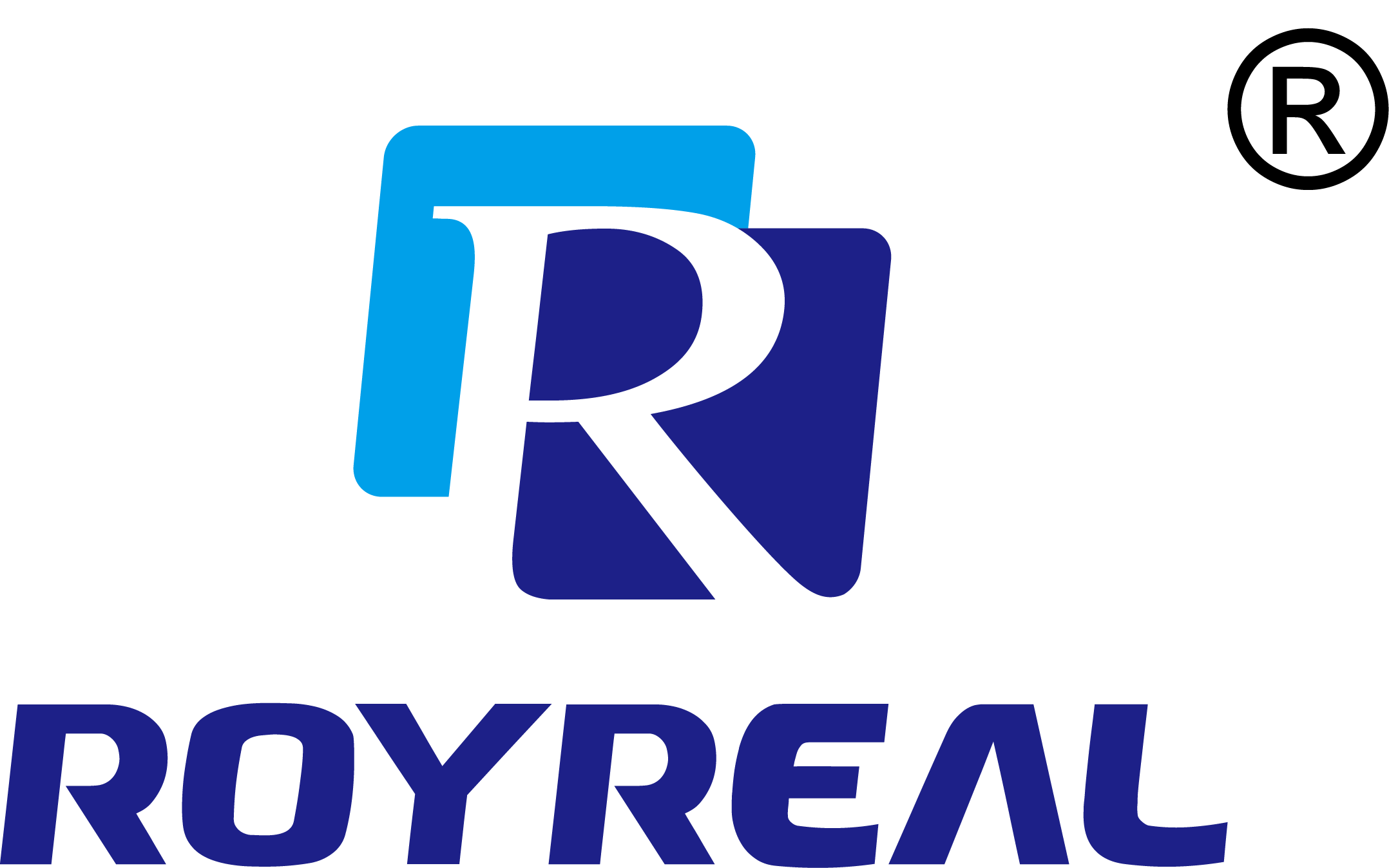How Wet Gas Meters Ensure Compliance with Industry Regulations
Category: Industry News
Time:2024-12-09
Table of Contents:
1. Introduction: The Significance of Wet Gas Meters
2. Understanding Wet Gas Measurement
3. The Importance of Compliance with Industry Regulations
4. Key Features and Benefits of Wet Gas Meters
5. How Wet Gas Meters Ensure Accuracy and Reliability
6. Wet Gas Meters and Operational Efficiency
7. Enhancing Safety and Environmental Responsibility
8. Frequently Asked Questions (FAQs)
9. Conclusion
1. Introduction: The Significance of Wet Gas Meters
Wet gas meters are indispensable tools used in various industries to accurately measure the flow of gas, particularly in conditions where the gas is mixed with liquid droplets or particles. These meters help ensure compliance with industry regulations, guarantee precise measurements, and contribute to operational efficiency and safety.
2. Understanding Wet Gas Measurement
Wet gas measurement involves the quantification of gas flow rates in the presence of liquid components. This situation commonly occurs in industries such as oil and gas production, petrochemicals, and wastewater treatment plants. Traditional gas meters often fail to provide accurate measurements in such conditions, making wet gas meters an essential solution.
3. The Importance of Compliance with Industry Regulations
Compliance with industry regulations is crucial for maintaining operational standards, ensuring safety, and meeting legal requirements. Wet gas meters play a pivotal role in ensuring accurate and reliable gas flow measurements, aligning with regulatory frameworks and avoiding potential penalties or legal disputes.
4. Key Features and Benefits of Wet Gas Meters
4.1 Enhanced Measurement Accuracy: Wet gas meters are specifically designed to handle gas-liquid mixtures, providing precise measurements even in challenging conditions.
4.2 Wide Flow Range: These meters offer a broad flow range capability, allowing accurate measurements across various flow rates.
4.3 Compatibility with Different Gases: Wet gas meters are versatile and can handle different types of gases, making them suitable for diverse industrial applications.
4.4 Maintenance and Calibration: These meters are designed for easy maintenance and calibration, ensuring continued accuracy and reliability over time.
5. How Wet Gas Meters Ensure Accuracy and Reliability
Wet gas meters employ advanced technologies and innovative designs to ensure accurate and reliable measurements. Here are some key factors contributing to their precision:
5.1 Separation of Liquid and Gas Phases: Wet gas meters use specialized mechanisms to separate liquid droplets or particles from the gas stream, preventing interference with flow measurements.
5.2 Patented Measurement Algorithms: Advanced wet gas meters incorporate patented algorithms that account for the presence of liquid components, enabling precise gas flow calculations.
5.3 Real-Time Data Processing: These meters utilize real-time data processing capabilities, instantly adjusting measurements based on changing flow conditions, temperature, and pressure.
6. Wet Gas Meters and Operational Efficiency
Efficiency is a critical aspect of any industrial process. Wet gas meters contribute to operational efficiency in several ways:
6.1 Streamlined Monitoring: With accurate and real-time flow measurements, operators can better monitor gas flow rates, optimize processes, and ensure consistent production levels.
6.2 Preventing Downtime and Costly Interruptions: By avoiding inaccurate gas flow measurements, wet gas meters help prevent costly interruptions, downtime, and unscheduled maintenance.
6.3 Data Integration: Wet gas meters can integrate with control systems and data management platforms, streamlining data collection, analysis, and reporting processes.
7. Enhancing Safety and Environmental Responsibility
Ensuring safety and environmental responsibility is a key concern for industries dealing with gas-liquid mixtures. Wet gas meters contribute to these objectives in the following ways:
7.1 Accurate Detection of Leakages: By providing precise measurements, wet gas meters enable the early detection of leaks, minimizing the risk of hazardous situations and potential environmental damage.
7.2 Compliance with Environmental Regulations: Wet gas meters assist in meeting environmental regulations by accurately measuring gas emissions and facilitating data reporting to regulatory bodies.
8. Frequently Asked Questions (FAQs)
Q1: Can wet gas meters handle corrosive gases?
A1: Yes, wet gas meters can handle corrosive gases by using materials and coatings resistant to corrosion.
Q2: Do wet gas meters require regular calibration?
A2: Yes, regular calibration is necessary to maintain the accuracy and reliability of wet gas meters. Calibration intervals depend on industry standards and specific operational requirements.
Q3: Can wet gas meters be used in offshore applications?
A3: Yes, wet gas meters are suitable for offshore applications and are designed to withstand the harsh conditions encountered in offshore environments.
Q4: Are wet gas meters compatible with different pipe sizes?
A4: Yes, wet gas meters are available in various sizes to accommodate different pipe sizes and flow rates.
Q5: Can wet gas meters accurately measure gas flow in high-pressure conditions?
A5: Yes, wet gas meters are designed to handle high-pressure conditions and provide accurate gas flow measurements.
9. Conclusion
Wet gas meters are essential instruments for industries that deal with gas-liquid mixtures. They ensure compliance with industry regulations, provide accurate measurements, enhance operational efficiency, and contribute to safety and environmental responsibility. By investing in wet gas meters, businesses can optimize their processes, avoid costly interruptions, and meet their regulatory obligations.
Keywords:
 EN
EN RU
RU SP
SP
